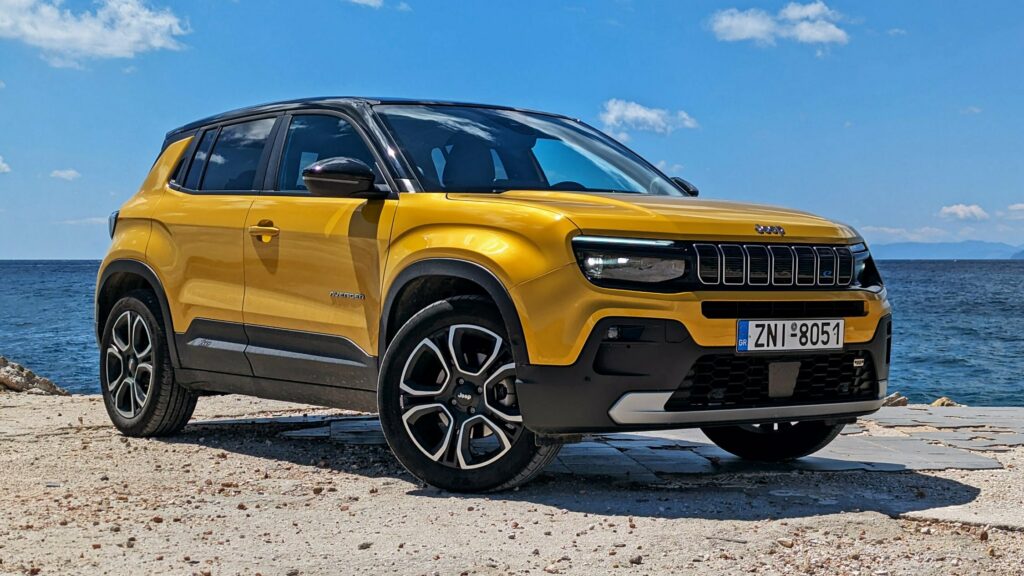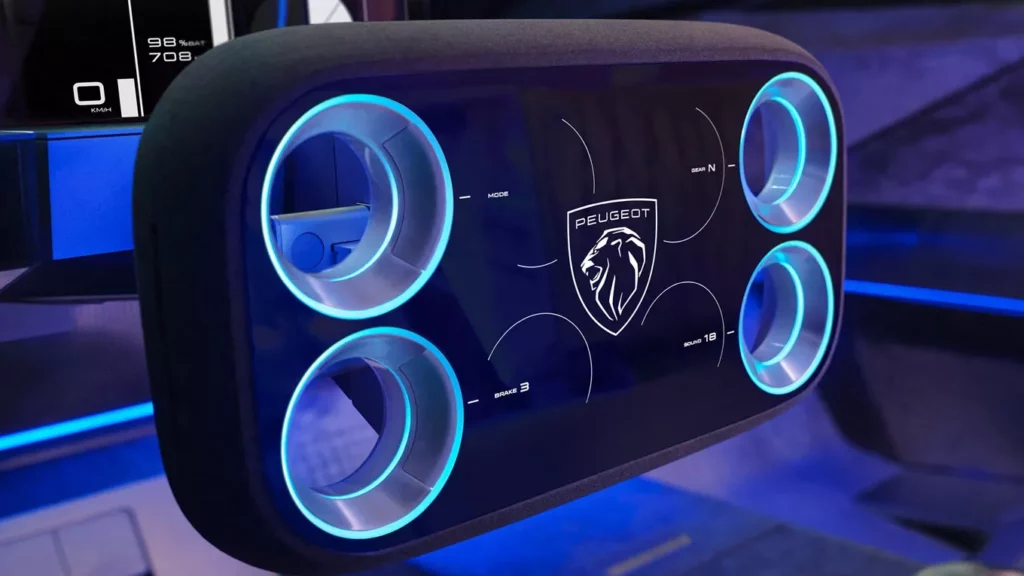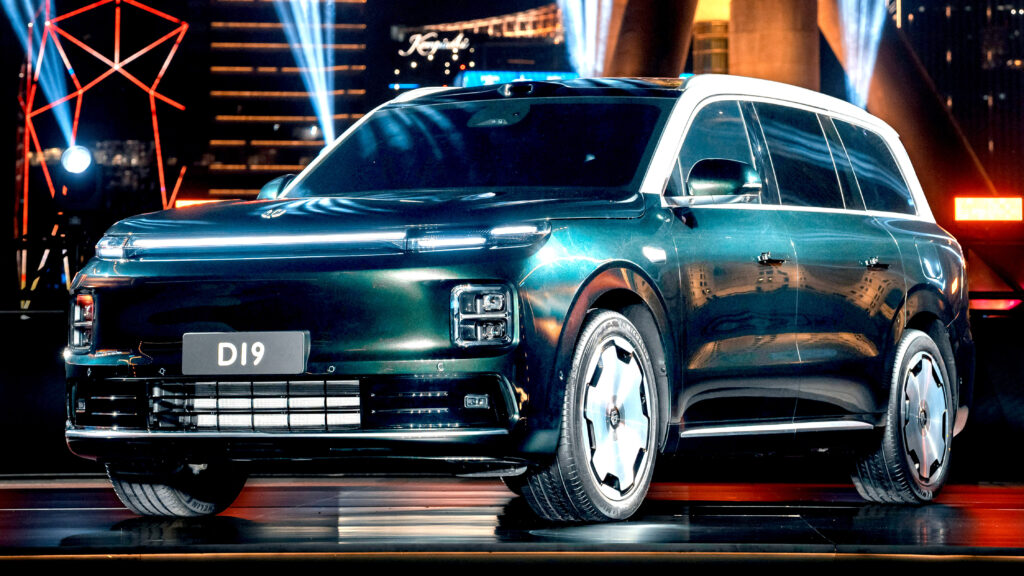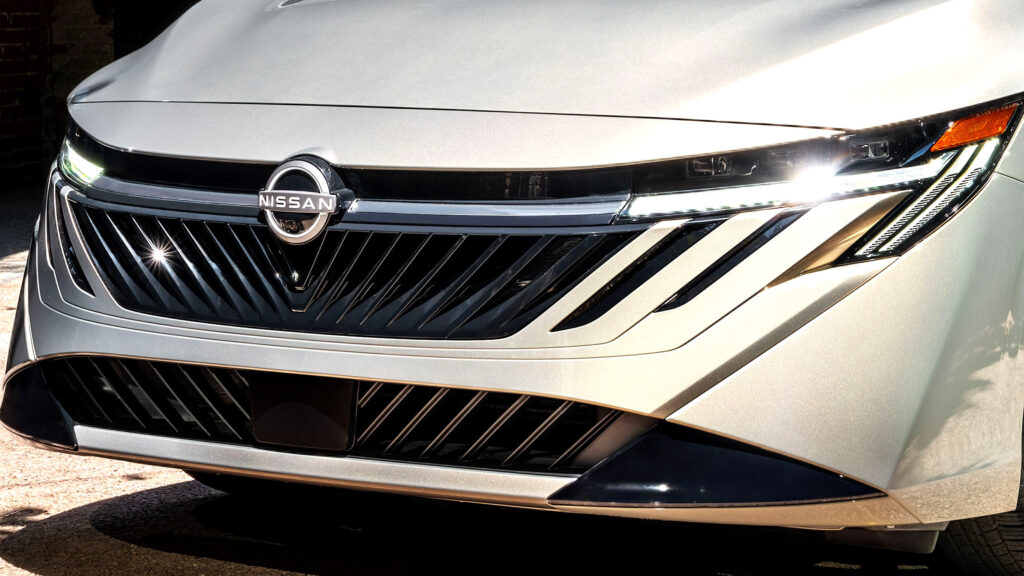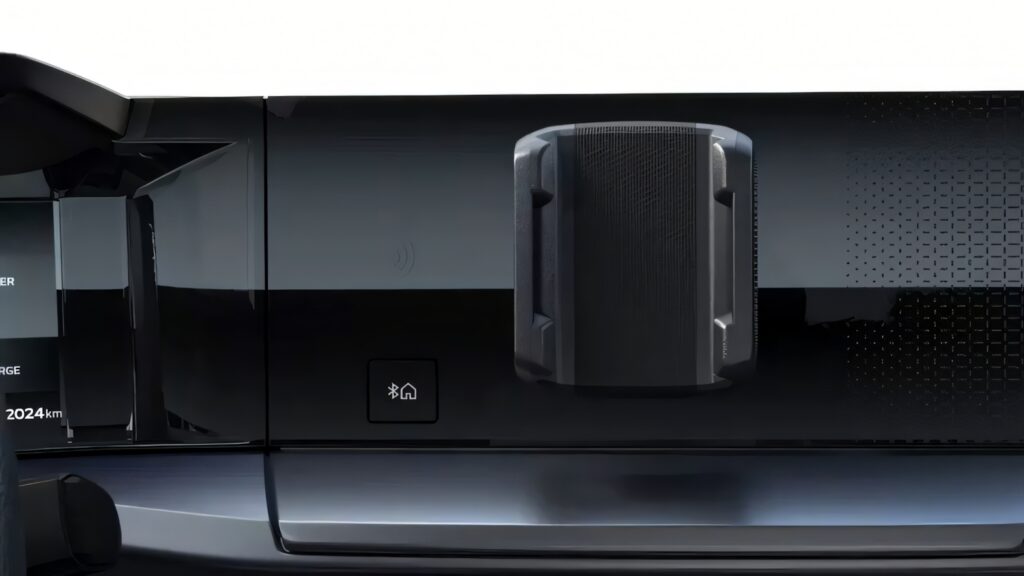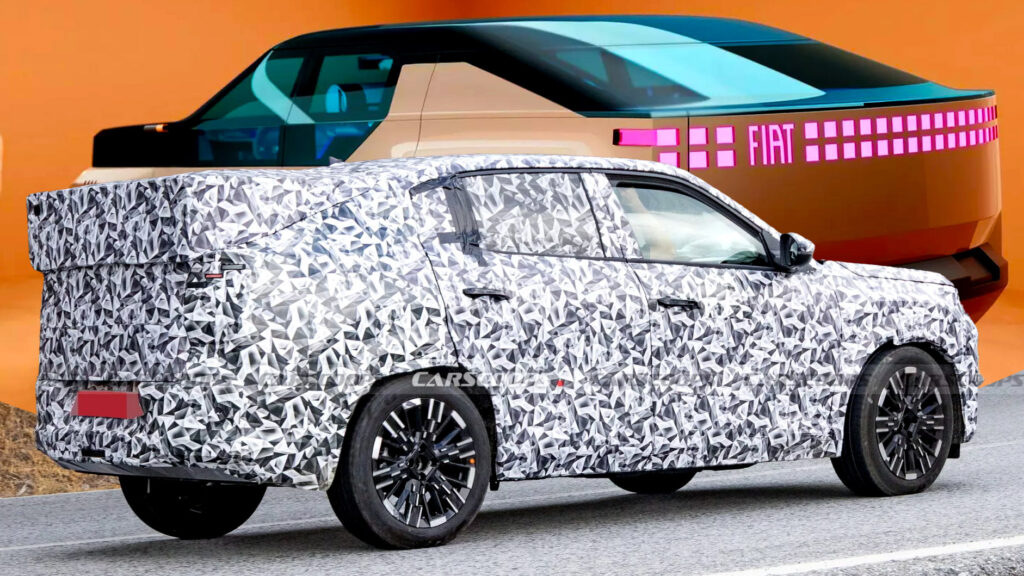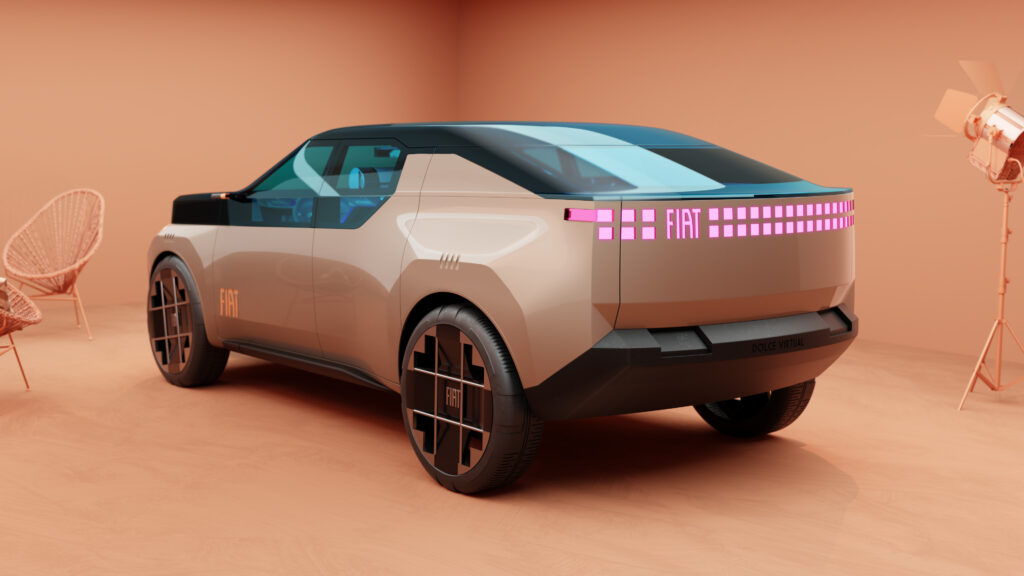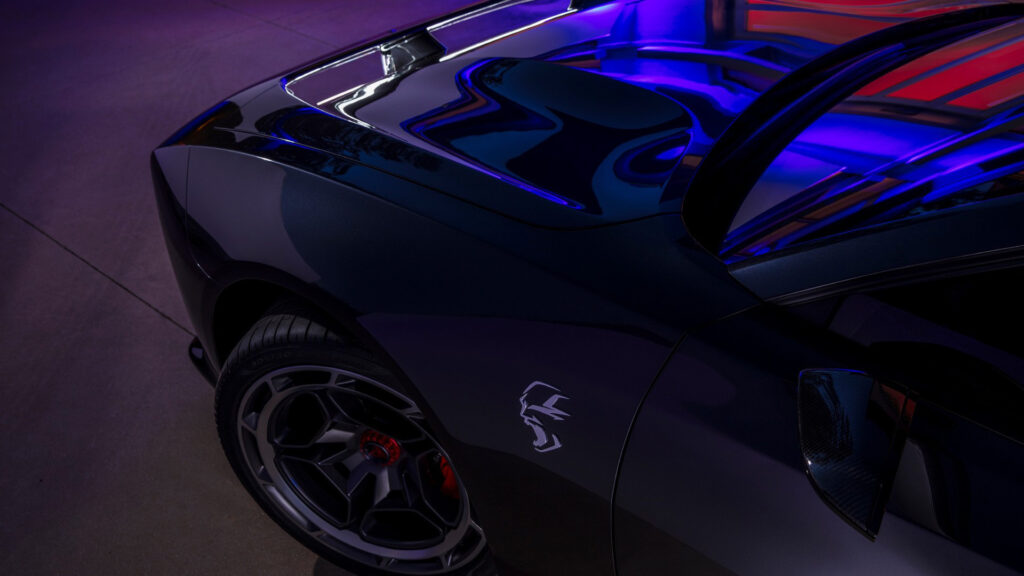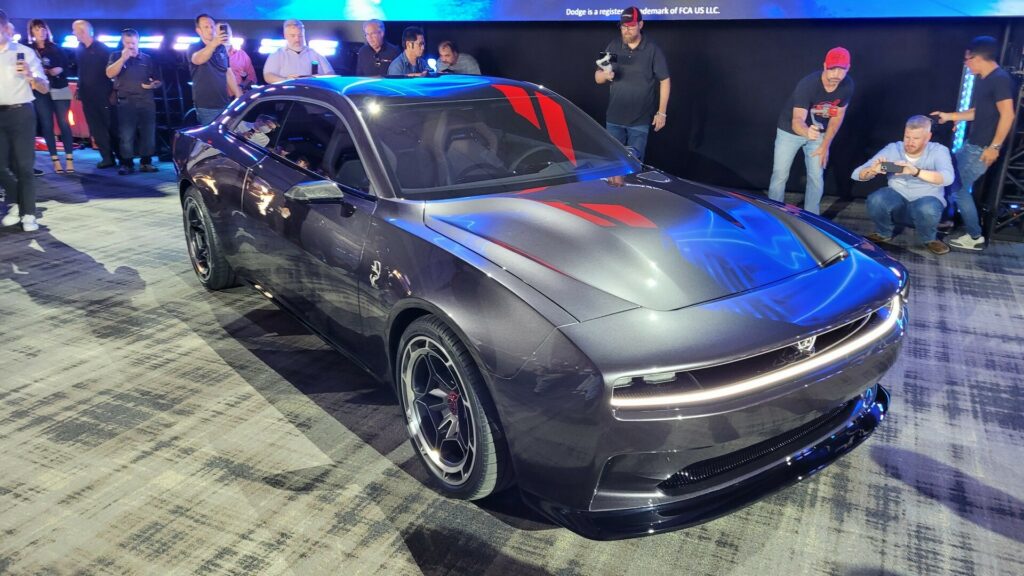Detroit 3 CEOs And Tesla Exec To Face Congress Over Soaring Car Prices

- Ford GM and Stellantis CEOs to testify before Congress in January.
- Hearing focuses on pricing, regulations, EV policy, and trade talks.
- Senator Ted Cruz calls it a reality check on affordability rules.
For the first time in nearly twenty years, the CEOs of Ford, General Motors, and Stellantis may once again share a table before Congress. The Senate Commerce Committee has called on Ford’s Jim Farley, GM’s Mary Barra, and Stellantis’ Antonio Filosa to testify on January 14 in a high-profile hearing exploring the auto industry’s outlook on federal transportation policy and vehicle affordability.
The session will also delve into the uneasy transition toward electrification, a subject that continues to divide policymakers and automakers alike. Tesla’s VP of Vehicle Engineering, Lars Moravy, has been invited to join the discussion, adding an electric perspective to the mix.
More: Lawmakers Demand Answers From Hertz On AI Rental Damages System
The last time all three Detroit bosses appeared together on Capitol Hill was late 2008 during the financial crisis, bailout negotiations, and a moment when the industry’s future looked genuinely uncertain. This time, the pressure points are different but no less significant.
Why Bring Them Together Now?
Senator Ted Cruz, who’s spearheading the hearing, has titled it “Pedal to the Policy: The Views of the American Auto Industry on the Upcoming Surface Transportation Reauthorization.”
Based on reporting from the Union-Bulletin, the sessions will probe fuel economy and emissions mandates, tariffs, federal EV policy, new-vehicle pricing, and how automakers plan to navigate the next decade. Cruz frames the meeting as a long-overdue reality check on affordability.
“The average price of a car has more than doubled in the past decade,” said Cruz, blaming “onerous government-mandated technologies and radical environmental regulations.”
What’s Driving Up Costs?

No doubt, the average transaction price (ATP) of a new car is quite high these days. Data from Cox Automotive shows that it surpassed $50,000 in September.
A decade ago, that figure was in the low $30,000s. Notably, analysts think the shift is due to several factors, including, but not limited to, regulation. Inflation, tariffs, higher-end trims, and the introduction of more EVs all have a part to play.
Also: EVs Now Sell Faster Than Gas Cars In The Used Market
Republicans say policy changes earlier this year, including repealing federal EV mandates and CAFE targets under the One Big Beautiful Bill Act, are steps toward lowering prices. However, Cruz argues lawmakers need to go further. This is all happening at a critical point in the U.S. automotive industry too.
The debate comes at a pivotal moment for the U.S. auto sector. The United States-Mexico-Canada Agreement (USMCA) faces renewal or renegotiation by July 1. If it lapses, the fallout alone could drive vehicle costs higher, regardless of any new legislation.


